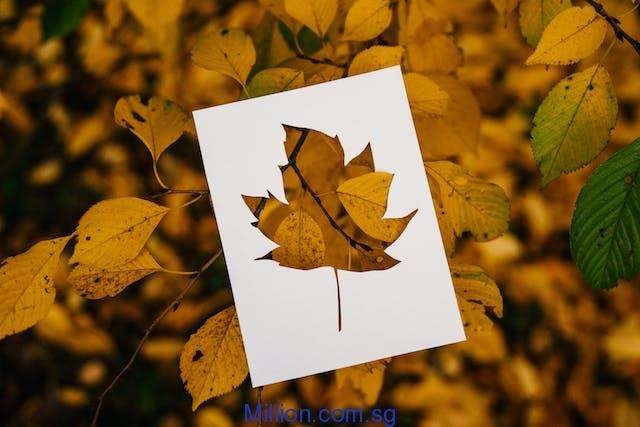2 minutes read
Coated board and aluminum stencils are both used in various applications, but they have different characteristics and are suited for different purposes. Here are some key differences between the two.
Material
- Coated board stencils are typically made of thick, durable, and flexible cardboard material. They are absorbent and can be used for short to medium-term applications.
- Aluminum stencils are made of a rigid metal material, offering durability and reusability for long-term applications.
Durability
- Coated board is less durable compared to aluminum. It can withstand several uses but is generally meant for shorter-term applications.
- Aluminum stencils are highly durable and can withstand heavy usage over a long period, making them ideal for repeated applications.
Usability
- Coated board stencils are more suitable for temporary or short-term use. They are often used for one-time applications or projects lasting a few weeks or less.
- Aluminum stencils are designed for repeated use and are ideal for long-term projects or applications requiring consistent, high-quality results over an extended period.
Customization
- Coated board stencils can be custom-cut for specific designs and applications but may have limitations in intricate designs due to the material’s flexibility.
- Aluminum stencils can be precisely custom-cut for intricate designs and are suitable for applications requiring fine details or high precision.
Cost
- Coated board stencils are generally less expensive than aluminum stencils, making them a cost-effective option for short-term or one-time use.
- Aluminum: Aluminum stencils are more expensive upfront but provide value over time due to their reusability.
Ultimately, the choice between coated board and aluminum stencils depends on the specific application, required durability, precision, and budget considerations.

